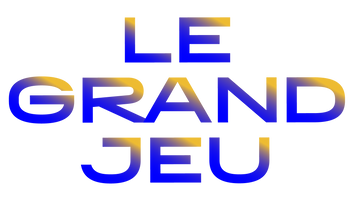
Tunnel Vision
240 pages
Edited by Aldo van den Broek and Boris Tellegen
Text(s) by Dumaar Novyork, John Prop, Reaze and Joris van Casteren
29.5 x 22.9 cm
Language: Dutch, English
Paperback
Publisher: Ruyzdael
2024
Tunnel Vision is a one-to-one reproduction in book form of the underground metro route between Amsterdam Centraal and Amstel stations. Compared to other cities, it is a mini network; the so-called Oostlijn is only slightly longer than four kilometers as the crow flies.
Despite its modest length, the underground tunnel has proven to be a magnet for graffiti adventurers worldwide. The first graffiti appeared, after construction in the 1970s, in 1984, or perhaps 1983 by graffiti writers HIGH (RIP), who wrote REAL at the time, and Prikkeldraadje. Sleuths will find these tags in the book. At a steadily increasing rate since then, the tunnel walls grew dense with graffiti; identities of people who made the effort to descend under yet somewhat risky conditions to express themselves and seek adventure. To date, it has never been cleaned or repainted by any official body. However, much graffiti did disappear from view due to repainting with new layers of graffiti. But if you look closely, you can still find some of the very first writing. It is the last piece of unpolished Amsterdam.
On a Saturday night, artists Aldo van den Broek and Boris Tellegen walked from Amstel through the tunnel to the end blocks at Central Station in about four hours. Every five meters they took a picture, one taking care of the left side, the other the right. At the stations they crept silently along the platform, hoping not to be noticed by the station's cameras. Without a break, they took more than 2,000 photos, in more than one trip - as they descended several times to re-photograph parts of the tunnel. By mounting all the photos together, you get a photo 15 cm high by 12.5 meters long for each stretch between two stations.
Hundreds of people have descended over the past 40 years to leave their names. For contemporary archaeologists, the photos are to be studied; which identities in the form of tags and pieces can be recognized, and then through stories to try to find out about these individuals and their identities. In a larger perspective, the publication unlocks a part of the city that is inaccessible or unnoticed by almost everyone.




